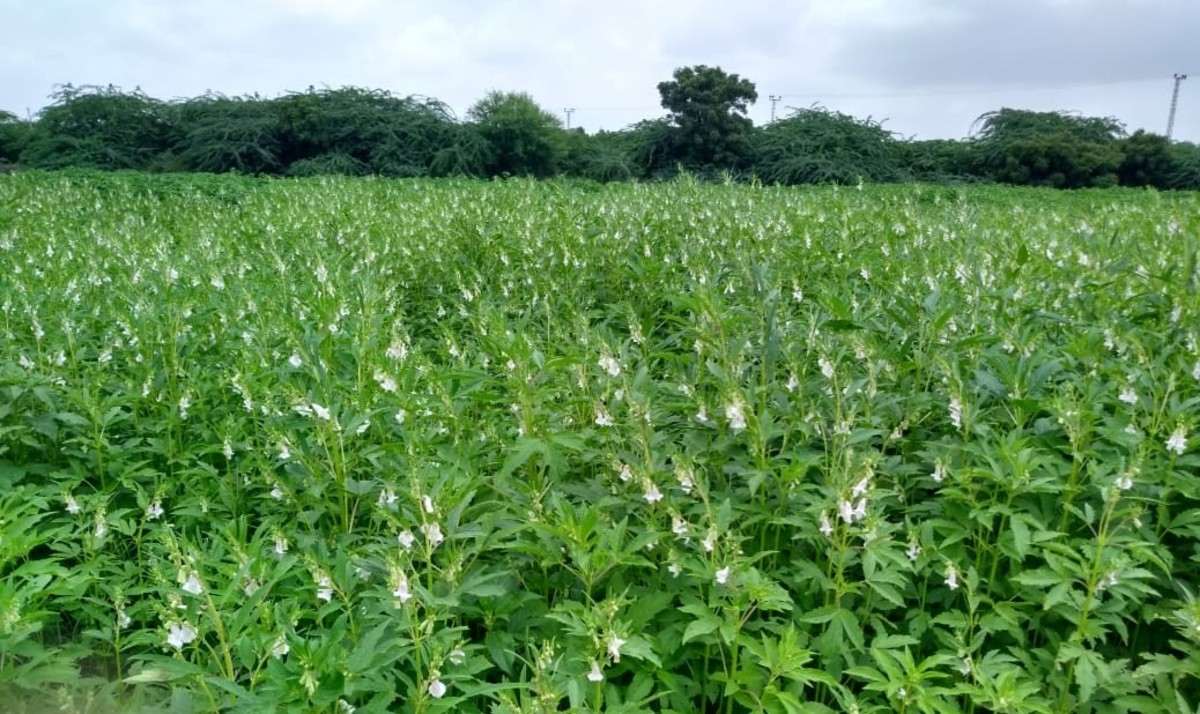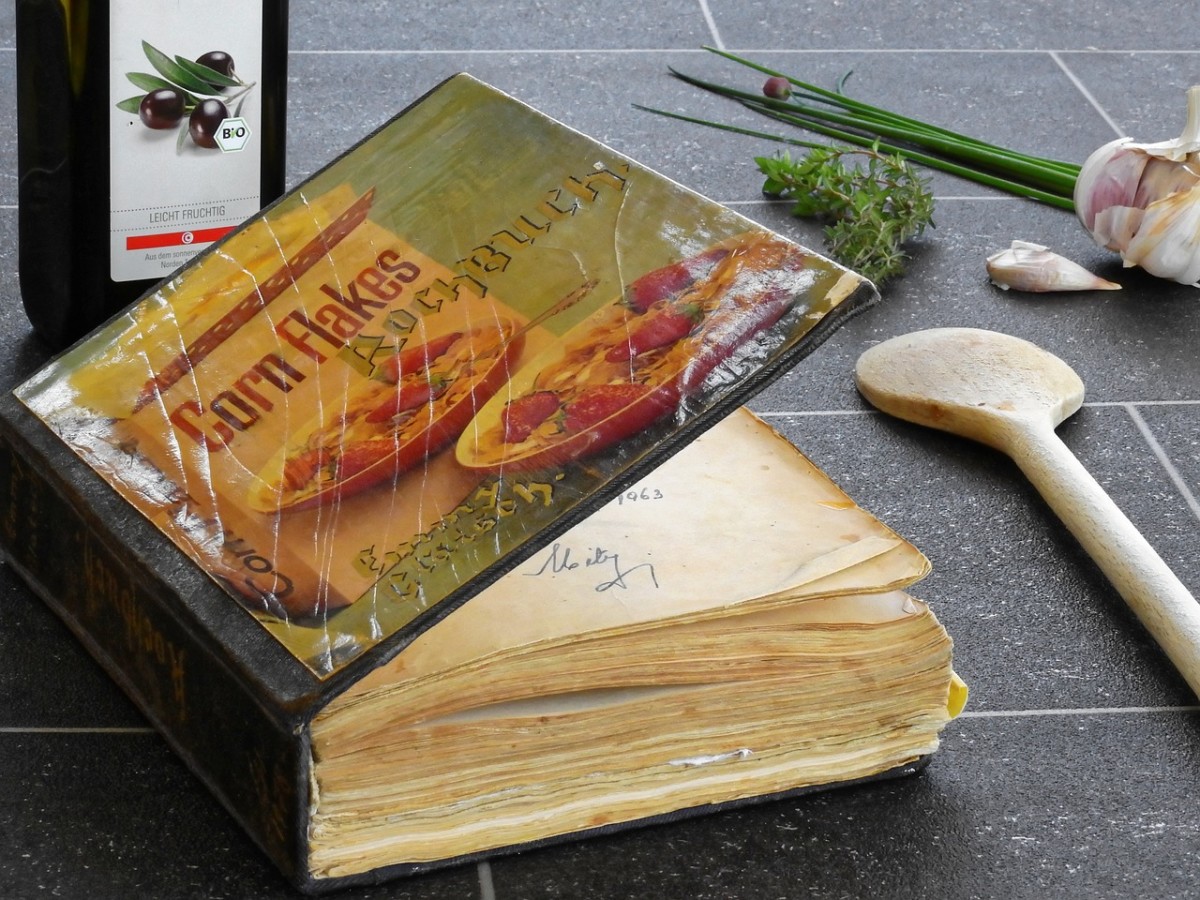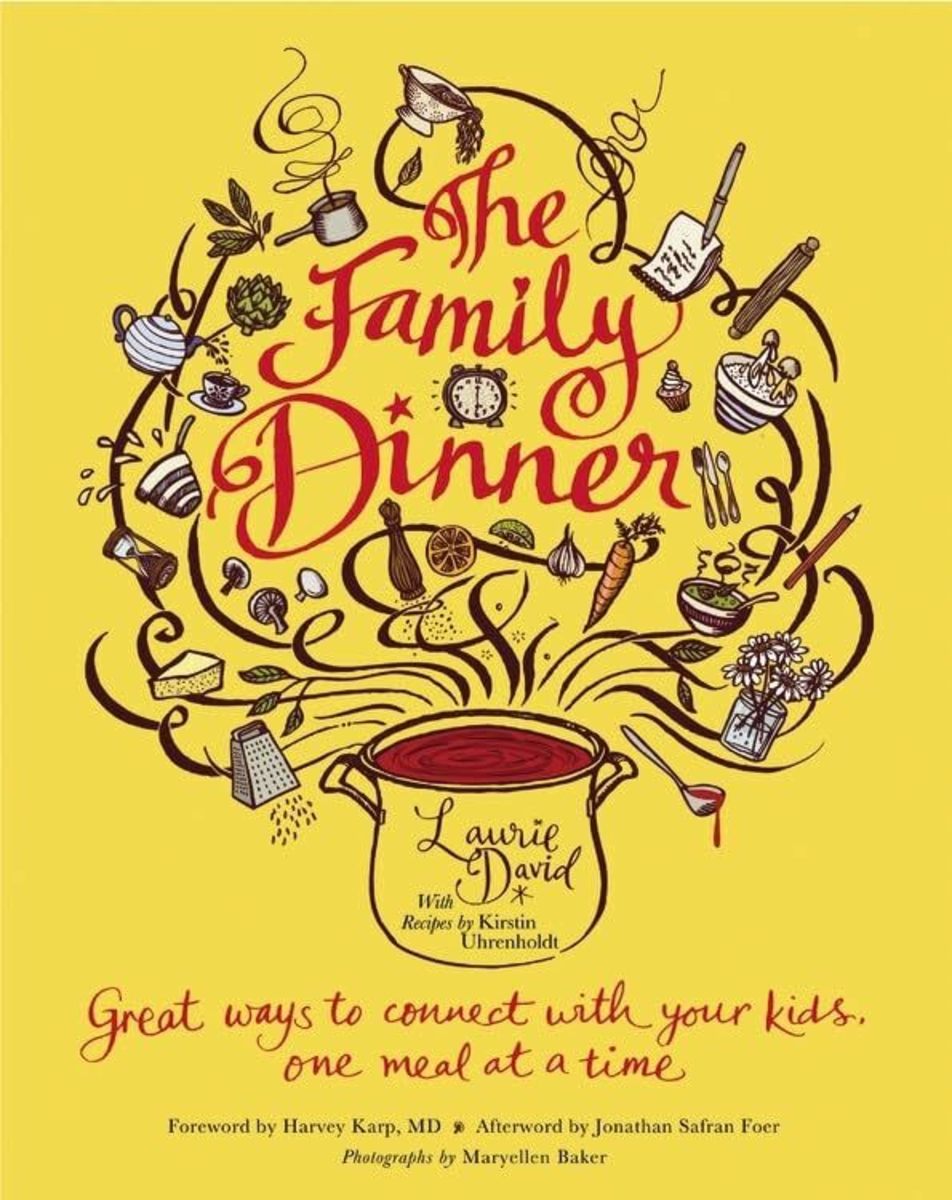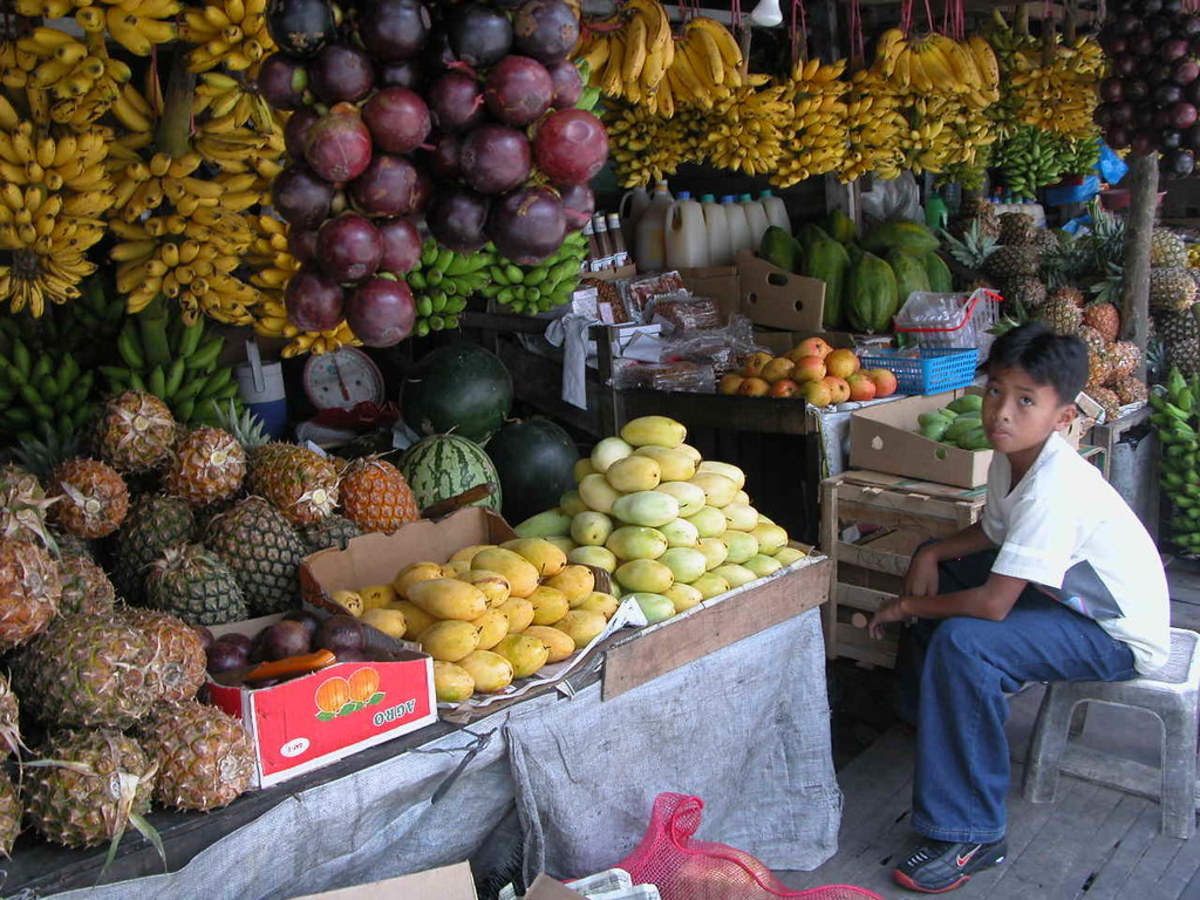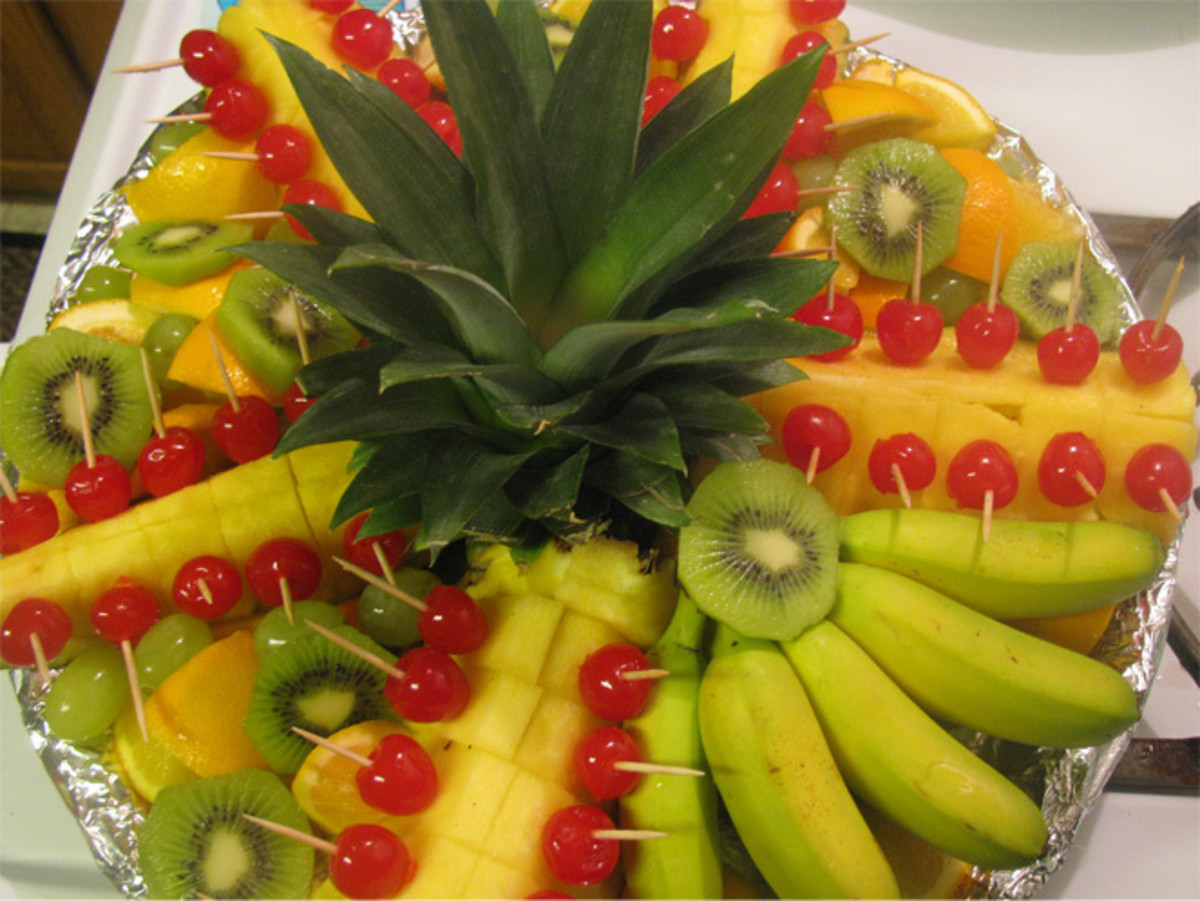Family Meals: Old Family Recipes from the Low Country
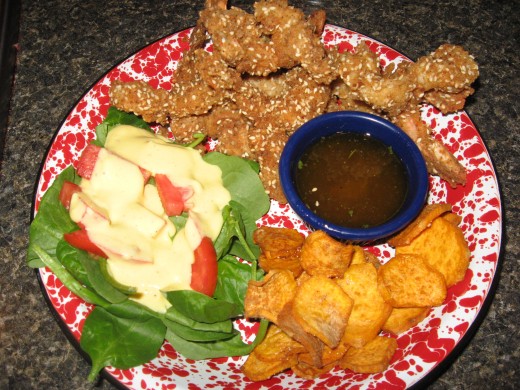
New Recipes from an Old Cookbook
Several years ago, I discovered an old cookbook of family recipes that had once belonged to my great-grandmother, Sybil Schaffer. Along with the printed recipes on the pages were some original recipes that were written in Mama Schaffer’s hand. I found them fascinating! I already knew much about my family history, including the facts that my great-great grandparents had owned a large rice plantation in the South Carolina Low Country and that my great-great grandmother, Jane Holleman, had a Gullah slave as a cook. I also know that the two following generations were steeped in Low Country traditions, including the regional cuisine.
You see, my great grandmother and my grandmother, Sybil Kilpatrick, both spent much of their lives in Charleston, South Carolina and Savannah, Georgia. Both women were excellent cooks, by the way. Browsing through the heirloom recipes left behind, I began to realize just how important carrying on the tradition of Low Country cooking was to my family, and as a result, I continue to prepare many Low Country family recipes. I’m especially fond of the seafood recipes, although I sometimes have to tweak the ingredients and create new recipes, using the old recipes as my guide.
Some of my favorite Mama Schaffer offerings in the old cookbook are blue crab recipes. These include recipes for crab cakes, crab soups, crab casseroles, and fried softshell crabs. I love some of her shrimp recipes, too, and one of my favorites is a deep fried shrimp recipe that includes sesame seeds.

Low Country Cuisine
First of all, do you know where the Low Country is? Most people consider it to be the tidal region of South Carolina, although the coastline and barrier islands of Georgia are sometimes included. Low Country cuisine was heavily influenced by the Gullah, a people from Africa who were shipped to America to work the plantations in the South. They were very experienced with growing rice in their native land, so they were much sought after by American rice plantation owners.
Rice was a staple of the Gullah, as were shrimp, crabs, oysters, finned fishes, wild game, chicken, corn, cornmeal, grits, organ meats, and fresh local fruits and vegetables. Yams had been grown for centuries in Africa, and the Gullah readily adapted to sweet potatoes, using them as substitutes for yams in a number of dishes. Another important ingredient in slave cuisine was sesame, called “benne” by most Africans.
The Low Country and the Gullah:
Sesame
If you’re like most people, you probably associate sesame with Asian dishes. Did you know that sesame seeds are often used in southern food, too? It’s more common in areas of the Deep South that used black slaves from West Africa. Sesame was an important part of their culture and grew wild in Africa. The seeds were sometimes toasted and eaten whole, or they were added to other dishes. Sometimes sesame seeds were ground and served with fish. The seeds were also pressed for their oil. In addition to being an important food source, many Africans considered sesame seeds to bring good fortune. The seeds were sometimes worn in little bags that were suspended from a cord around the wearer’s neck.
In the 1600s, blacks from Africa were captured and forced into slavery by American slave traders. Of course, the slaves had to be fed on the long journey, so the traders gathered as many local foods as they could from Africa for the return voyages, and sesame seeds were included. Once the slaves arrived in the American South, many still had their good-luck seed charms on hand, and the seeds were often planted near the slave cabins.
Some of the slaves wound up as cooks or kitchen helpers in the plantation homes, and they introduced Americans to their native dishes. Some of the sesame dishes that can still be found across the Deep South include benne cookies, benne candy, benne wafers, benne brittle, benne cakes, and benne biscuits. The seeds also appear in batters and breading for shrimp, oysters, fish, and chicken.
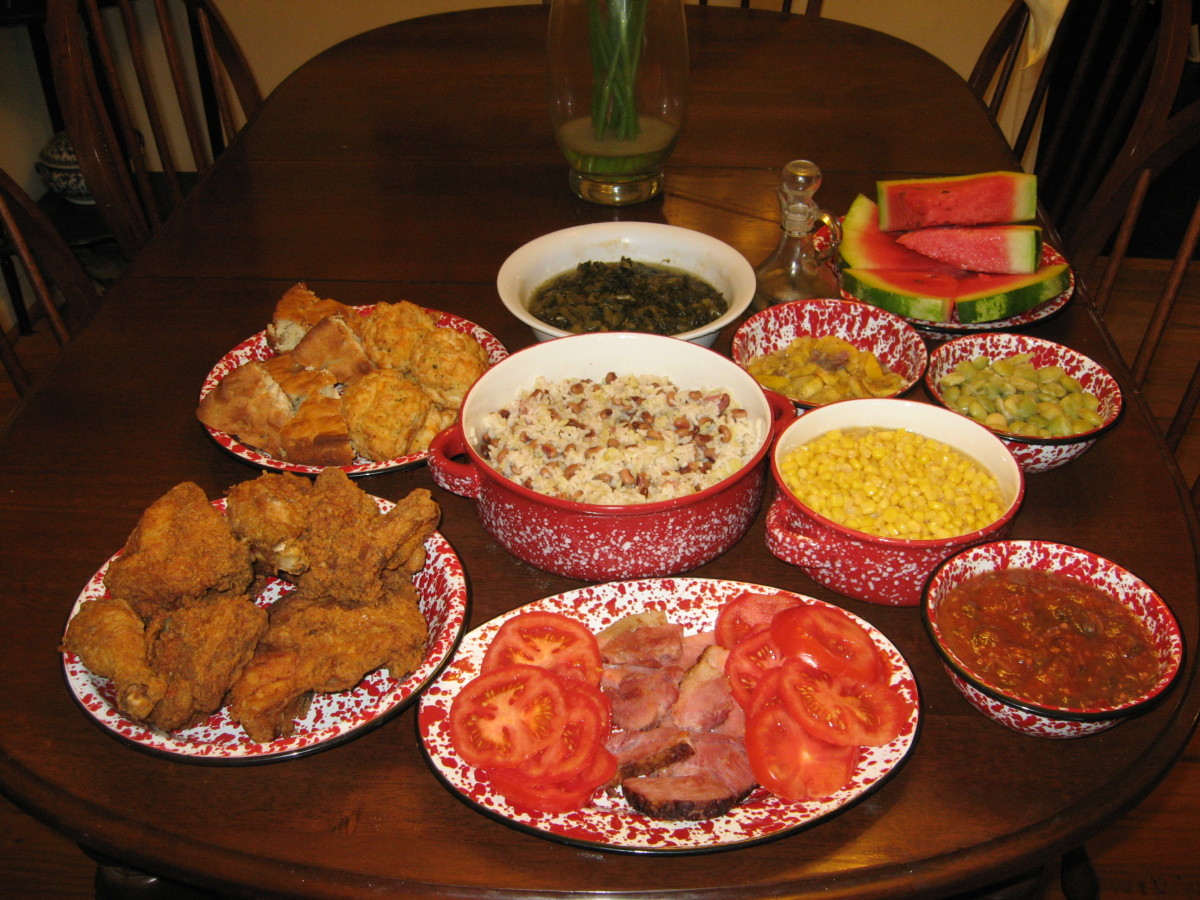
Family Meals – Family Recipes
I’m very “into” family history, and I love to cook, so creating family meals from family recipes that were used by my ancestors is pretty special to me. As a retired teacher, I never pass up a learning opportunity, so when my children and grandchildren are sharing some of these family meals from former generations, it provides a great opportunity for me to share a little family history. After all, a culture’s cuisine can say a lot about the lifestyle of the people involved.
The meal I’m virtually sharing with you here is for sesame fried shrimp, fried sweet potatoes, and a dipping sauce that can be used for both the seafood and the tubers. The kids will love the sweet, tangy sauce, and dipping is half the fun! Both dishes can be served as finger foods, so they’re easy for kids to eat – no cutting required. Just add a green salad and/or a piece of fruit, and you have a wonderful meal.
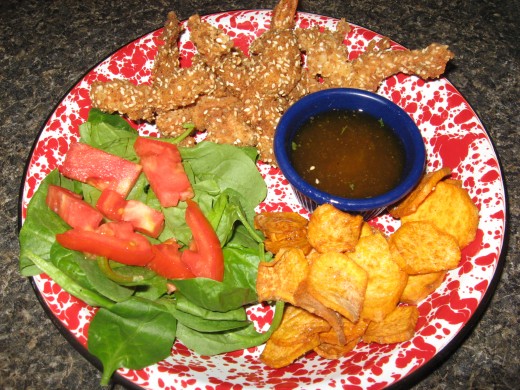
Shrimp Deveiner - You Already Have One!
You might not know it, but you have the perfect shrimp deveiner in your kitchen, so forget about buying a fancy shrimp deveiner gadget. What is this amazing tool? It’s a common dinner fork. A fork makes quick work of peeling and deveining, once you get the hang of it. Just follow the guidelines and photos below to learn how to peel and devein shrimp quickly!
1. Hold shrimp in your left hand, with the fork in your right hand. Reverse this if you’re left-handed.
2. Insert a tine into the big end of the shrimp, just under the peel.
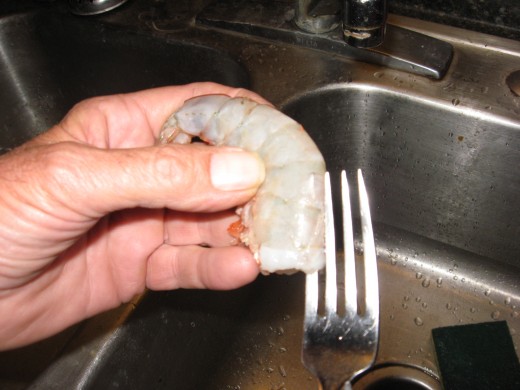
3. Advance fork tine into the shrimp with your right hand as you gently squeeze the rear section of the shrimp with your left hand.
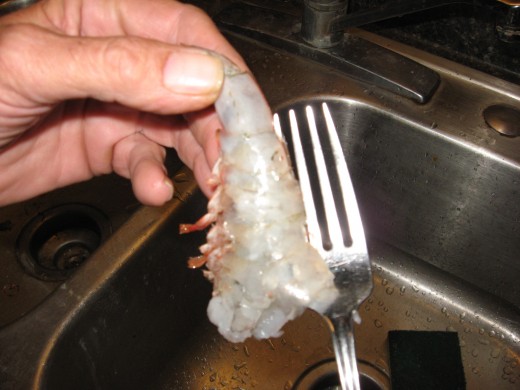
4. The shrimp meat will pull away from the shell and vein.
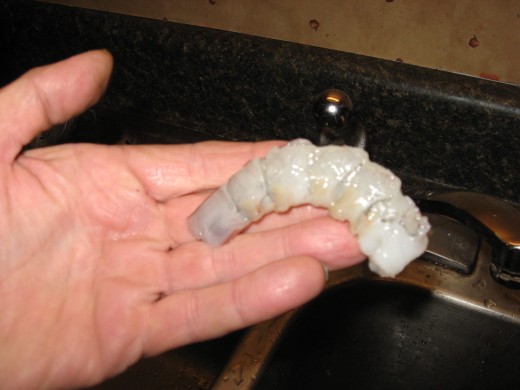
5. If you want to leave the tails intact, guide the tip of the fork tine to the first section above the tail and pull gently.
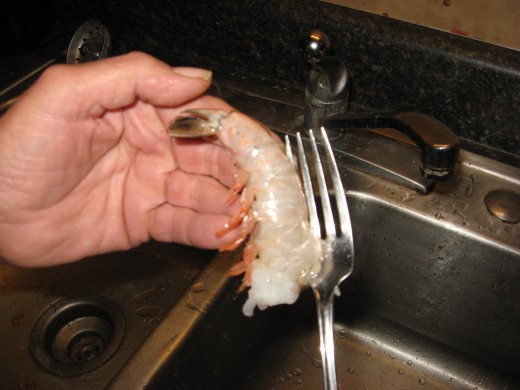
6. Rinse shrimp under cool running water to remove any vein fragments. Dry shrimp on paper towels.
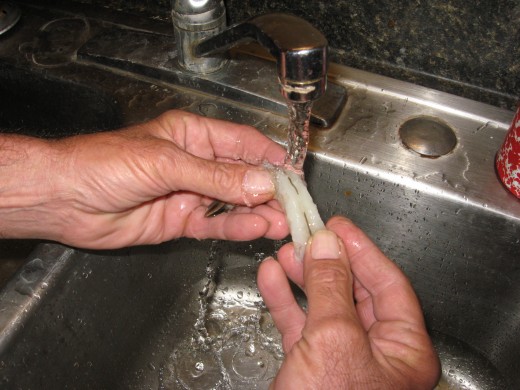
How to Butterfly Shrimp
For this recipe, you need to know how to butterfly shrimp. There are actually several different forms of butterfly shrimp. Some cooks like the tails removed, while others prefer leaving on the tails. Also, the shrimp might be just “opened up,” or they might be cut all the way through the meat section. How you like your butterfly shrimp is up to you, but I like to cut through the shrimp because it makes them fry more quickly, and it makes more surface area for breading.
1. Peel and devein shrimp, leaving tails on or off.
2. With a small sharp knife, cut shrimp in half, lengthwise, to within one inch of tail.
3. If you prefer, cut only half way through shrimp and spread meat open.
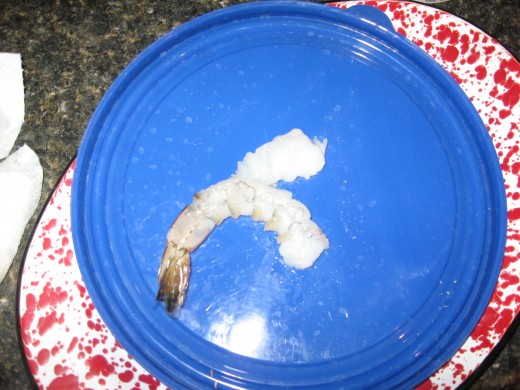
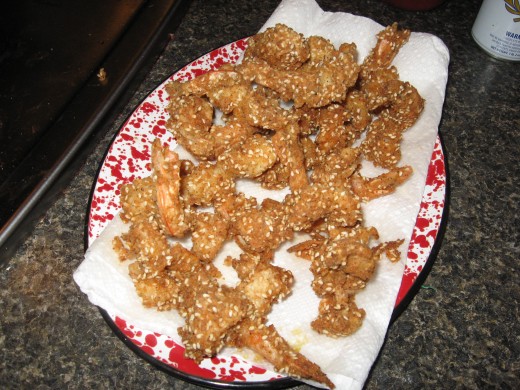
Rate my recipe! Thanks!
Cook Time
Ingredients
- 1 pound large or jumbo butterfly shrimp
- 2 eggs
- 1 tablespoon water
- 1/2 cup self-rising flour
- 1/2 cup dry bread crumbs
- 1/2 cup sesame seeds
- 1 teaspoon salt
- 1 teaspoon black pepper
- 1 teaspoon cayenne
- peanut oil, for frying
Instructions
- Rinse shrimp, making sure veins are completely removed. Set shrimp on paper towels to dry.
- In a small bowl, whisk together eggs and water.
- In a larger bowl, combine flour, bread crumbs, sesame seeds, salt, black pepper, and cayenne. Mix until ingredients are distributed evenly.
- Dip shrimp in egg and roll in breading.
- Fry in four inches of peanut oil at 360-365 degrees for 3 minutes, or until shrimp are golden brown. Drain on paper towels. Serve with peach-mango dipping sauce.
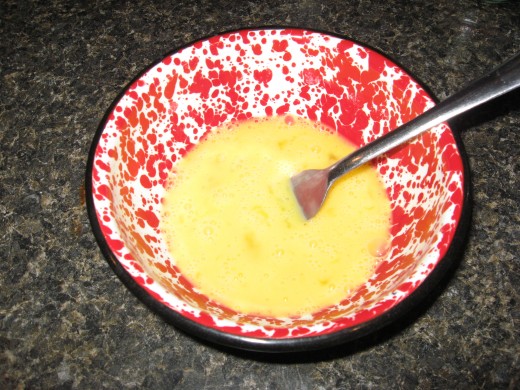
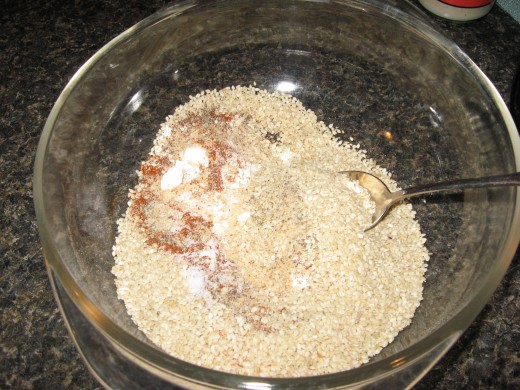
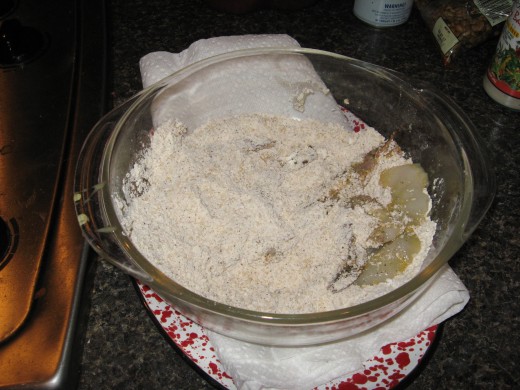
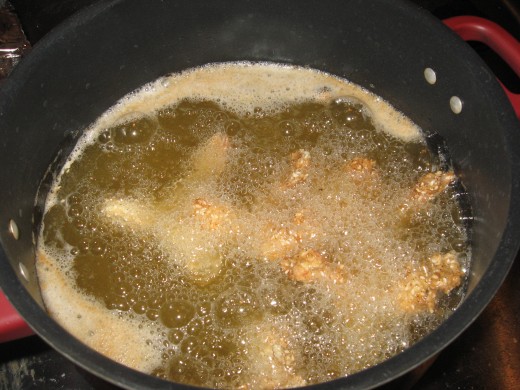
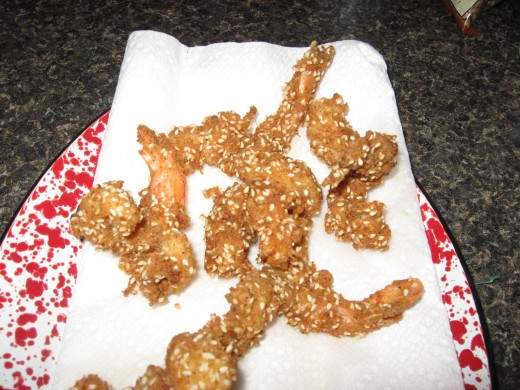
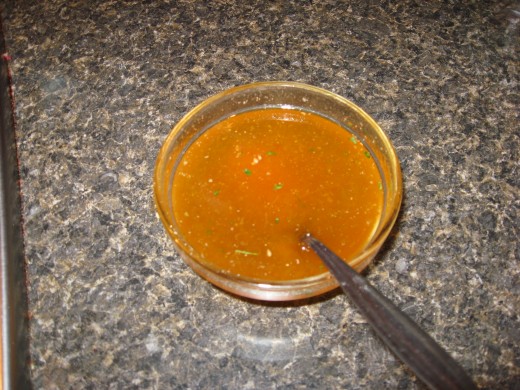
Ingredients:
½ cup peach-mango preserves
1 tablespoon vinegar
½ teaspoon Lawry’s garlic salt
½ teaspoon Louisiana hot sauce (optional)
Directions: Combine preserves and apple cider vinegar in a small microwave-safe bowl. Heat for one minute, or until preserves are liquefied. Remove from microwave and stir in garlic salt and hot sauce.
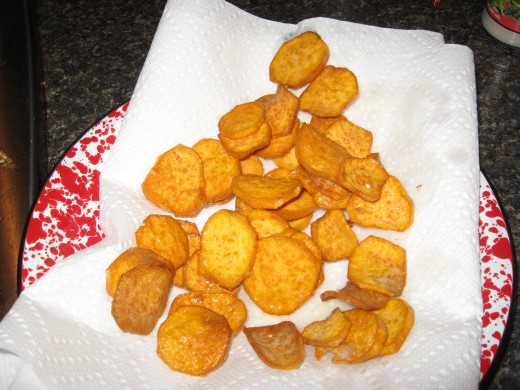
Fried Sweet Potatoes
For fried sweet potatoes, it’s best to use small tubers. Peel the sweet potatoes and cut them into thin slices. Heat several inches of oil in a large pot, over medium heat. When oil reaches 350 degrees, add sweet potato slices. Fry for two or three minutes, stirring occasionally. When the chips are brown and crisp, remove them from the oil and place them on paper towels. While sweet potatoes are still hot, sprinkle with salt and/or cinnamon sugar. Dip the fried sweet potatoes in the peach-mango sauce, if you like.
Get to Cookin'!
I hope after reading this article, you're inspired to get in the kitchen and cook! Invite some friends and family members over for a wonderful meal. If you're using old family recipes, your family members will really appreciate a tasty bit of family history. Share what you know about the source of such recipes. This is especially important for younger members of your family. They might even want you to teach them how to prepare a few old family recipes!


